Description
Anisole: A Versatile Aromatic Ether with a Sweet Scent and Broad Applications
Anisole, also known as methoxybenzene, is a colorless liquid with a characteristic sweet, anise-like odor. This aromatic ether is a fascinating molecule with a relatively simple structure but a wide range of applications in organic chemistry, industrial processes, and even perfumery.
Understanding Anisole’s Structure and Properties:
Anisole’s structure consists of a benzene ring with a methoxy group (-OCH3) attached to it. This seemingly subtle combination imparts unique properties to the molecule. The presence of the methoxy group influences the electron density of the benzene ring, making it more reactive towards electrophilic aromatic substitution reactions.
Key characteristics of anisole include:
- Colorless Liquid: In its pure form, anisole is a clear, colorless liquid.
- Sweet Odor: Its pleasant, anise-like fragrance contributes to its use in perfumery.
- Solubility: Anisole is relatively insoluble in water but readily soluble in organic solvents like ethanol, ether, and benzene.
- Boiling Point: It boils at around 154°C (309°F).
- Reactivity: The methoxy group activates the benzene ring, making it more reactive in electrophilic aromatic substitution reactions such as nitration, halogenation, and Friedel-Crafts alkylation/acylation.
Synthesis of Anisole:
Anisole is typically synthesized via the Williamson ether synthesis. This involves treating sodium phenoxide (the sodium salt of phenol) with methyl halide, such as methyl iodide or methyl chloride, in a suitable solvent.
Applications of Anisole Across Diverse Fields:
Anisole’s unique properties make it a valuable compound in various applications:
- Organic Synthesis: Anisole serves as a key building block and intermediate in the synthesis of various organic compounds, including pharmaceuticals, agrochemicals, and specialty chemicals. Its reactivity in electrophilic aromatic substitution allows for the introduction of substituents at specific positions on the benzene ring, enabling the creation of complex molecules.
- Solvent: Anisole is used as a solvent in various chemical reactions and industrial processes due to its moderate polarity and solubility characteristics.
- Perfume Industry: The sweet, anise-like odor of anisole makes it a valuable ingredient in the formulation of perfumes and fragrances. It adds a warm, sweet note to the overall scent profile.
- Grignard Reagent Protection: In Grignard reactions, the methoxy group of anisole can be used to protect functional groups that would otherwise react with the Grignard reagent. After the desired reaction, the methoxy group can be cleaved off.
- Pharmaceuticals: Anisole derivatives find use in the synthesis of various pharmaceuticals, acting as a crucial component in drug molecules.
- Agrochemicals: Similarly, anisole-based compounds are used in the production of agrochemicals, including herbicides and pesticides.
Safety Considerations:
While anisole is generally considered to have low toxicity, it’s essential to handle it with care. As with any chemical, appropriate safety precautions should be taken. These include working in a well-ventilated area, wearing appropriate personal protective equipment (PPE) such as gloves and eye protection, and avoiding inhalation or ingestion. Refer to the Material Safety Data Sheet (MSDS) for specific safety information.
Conclusion:
Anisole, or methoxybenzene, is a versatile and valuable aromatic ether with a sweet scent and broad applications. From organic synthesis to perfumery and pharmaceuticals, its unique properties make it an indispensable compound in various industries. Its reactivity and ease of handling contribute to its widespread use, solidifying its place as an important molecule in the world of chemistry.

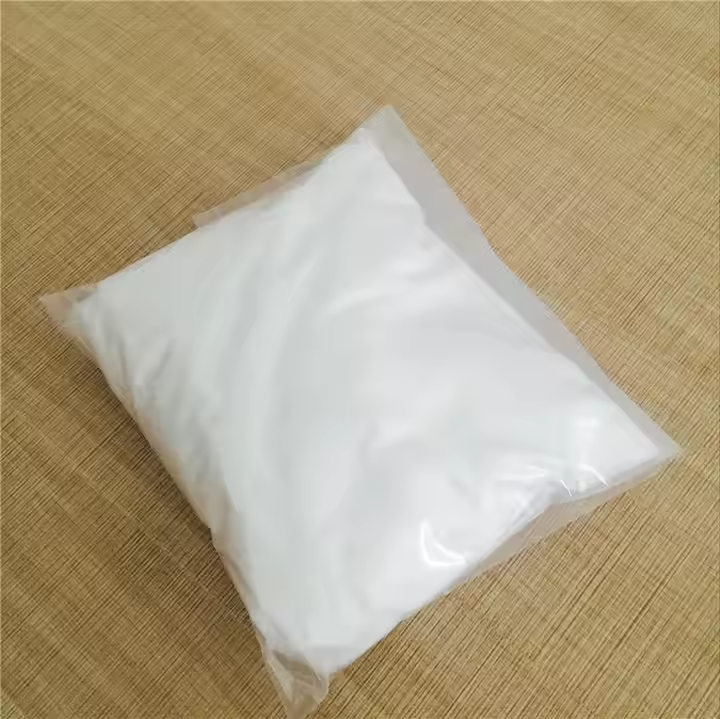

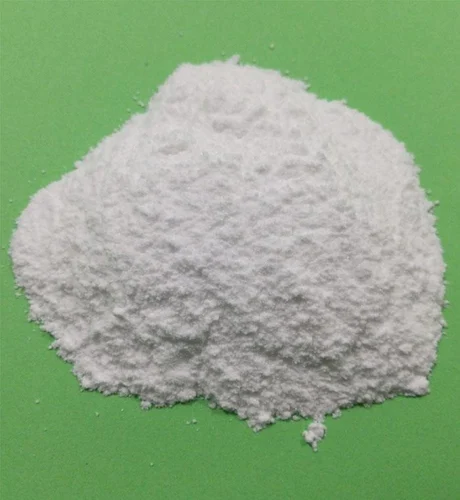
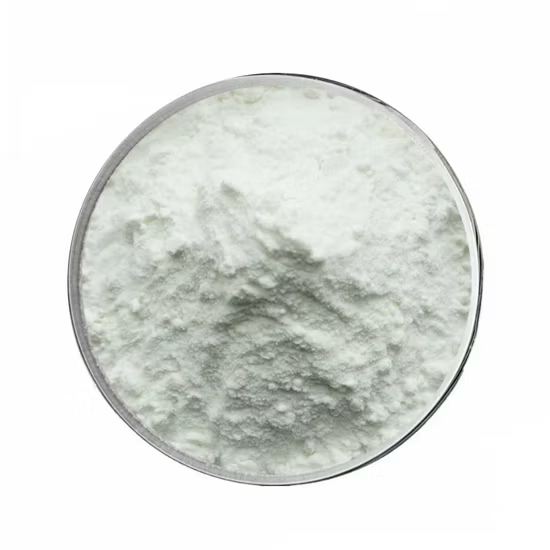
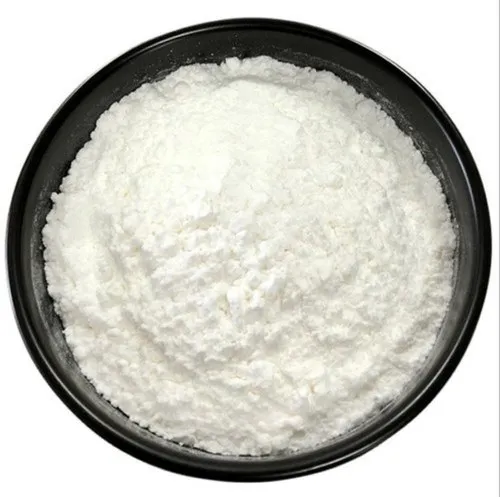
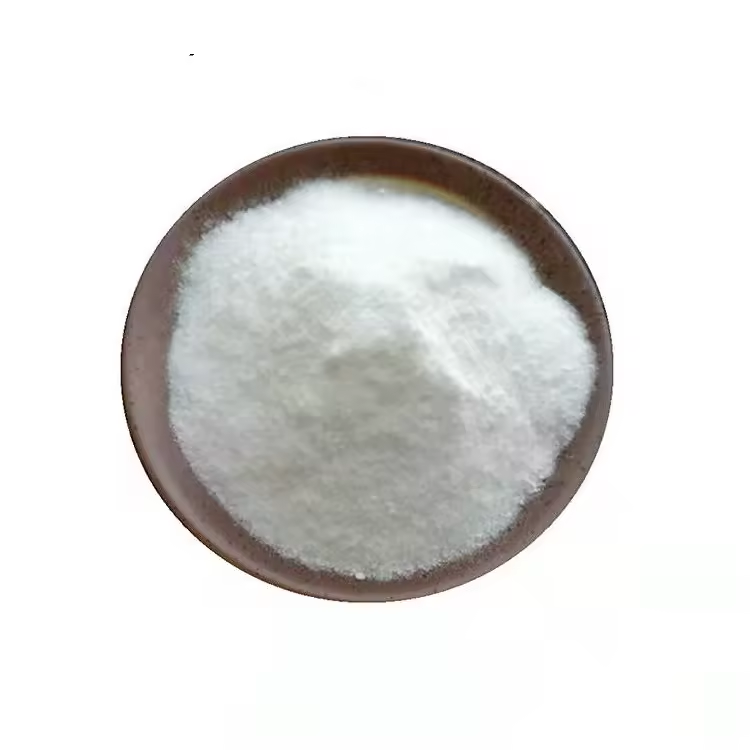
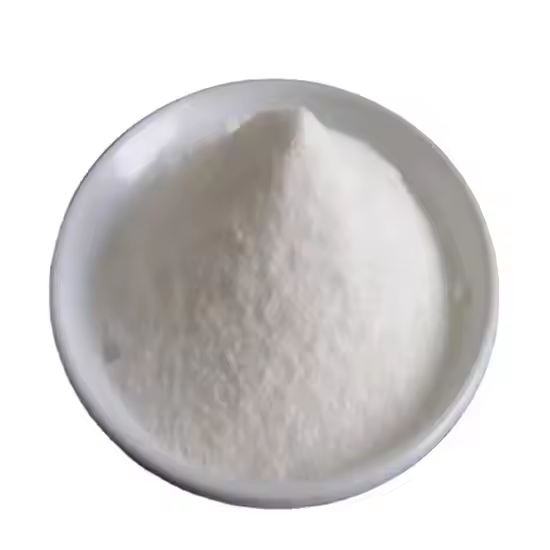
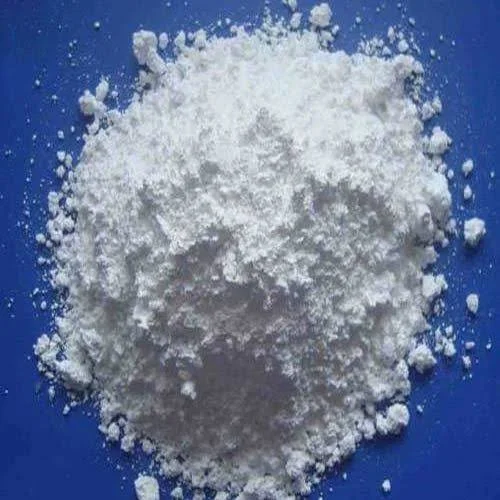




Reviews
There are no reviews yet.